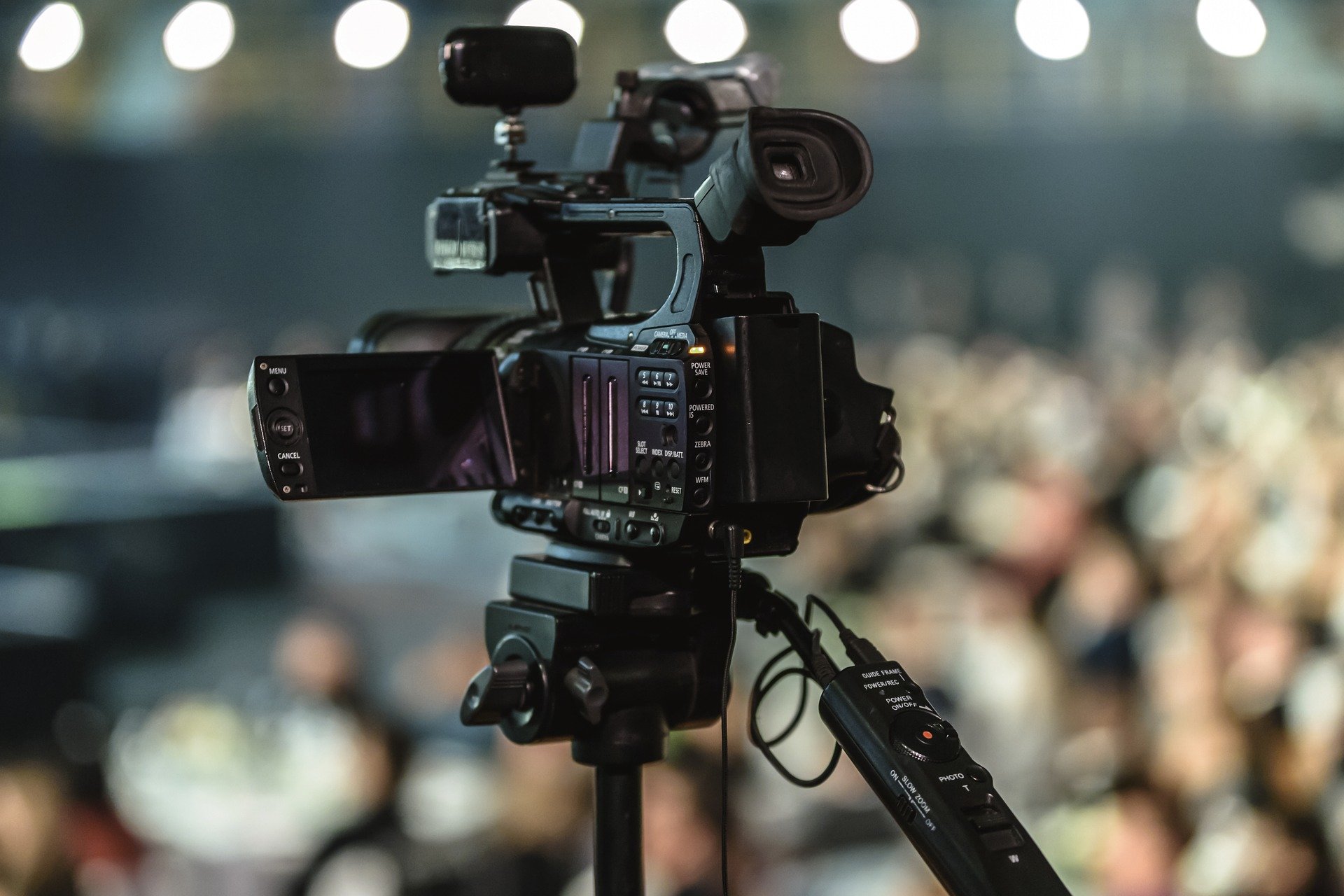The most effective and efficient way to turn your footage into a successful video is to plan properly. Proper planning will ensure that every step of the process is focused and moves the ball forward to achieving your goals. This article covers the major steps, with an eye toward strategic planning.
Planning with Purpose
First, know what you’re trying to achieve with your video and what you want it to do for you. Whether you’re working with a group or by yourself, it can be important to create a detailed definition of a successful outcome. Here are some of the most common purposes:
- Communicating specific messages to an audience
- Creating action among a specific, targeted audience
- Helping people understand complex concepts or ideas
- Providing information and support for those who might need it
- Swaying public opinion
- General entertainment
Knowing what you want from your video can help you better plan, whether that’s coming up with a script before filming, editing afterward, or taking some time between steps in order to make sure everything is working properly. When it comes to making crucial decisions at any stage, having a clearly defined successful outcome can make the decisions much easier.
Create an outline for your script
If you’re moving quickly (efficiently) you might feel like having a script is a pain. You might not need a full script for your project but having an outline can go a long way. At the very least, provide some context for each scene and understand the linear progression of the piece. At all times, you should be able to answer the question “What’s your next shot?”
Having an outline will not only help you better prepare for what comes up during filming; it may even make editing easier. It will ensure that all of the shots are necessary and won’t leave any loose ends when it comes time to use them.
You can also use the outline to be sure you’re filming what will serve your video best. For example, if you plan on editing out an interviewee’s mouth moving and he or she is talking about culture in China, it might not make sense to film them while they talk.
Gather footage or images to use in the video, including b-roll and sound bites outside of what you’ll be filming.
This might seem obvious, but it’s important to make sure that you have plenty of footage or pictures before editing begins. You want to be able to edit with ease during post-production once filming is done. It will ensure that all of the shots are necessary and won’t leave any loose ends when it comes time to use them. Filming and recording your b-roll at the same place and time of your main shooting can bring authenticity to your project.
Different Angles
One of the best ways to ensure you have captured enough footage is to shoot using different camera angles to capture as much detail as possible. You might use a wide-angle lens for landscape shots, and then switch to the telephoto lens for close up portraits.
Stock Footage
Even if you feel like you’ve shot enough footage and collected enough b-roll, you might also find it helpful to use some stock photography or stock videography. Stock footage can be purchased from a variety of places, such as Shutterstock.com or PondFive.com, but it’s important to make sure that you’re not stealing anything if you decide to use these resources for your project.
If you’re planning on using any stock footage, be sure to purchase stock clips at the site where they were shot or at a reputable reseller. There are a lot of resellers out there offering bargain pricing that don’t actually own the clips and photos themselves. You may also find free resources including content that exists in the public domain. If content is public domain or has been shared under Creative Commons licensing, then feel free to use this in your own projects. Keep in mind that some free resources may have cumbersome attribution requirements that can be a hassle down the line.
Edits, timing and pacing
When planning how your video will look and feel after editing, think ahead about which specific cuts (or transitions) would work best with each point in your script. If a transition doesn’t seem like it fits with one part of the story well enough, don’t force it — move onto something else.
In any good narrative, you want to keep pace with your audience’s attention span. Remember that video editing is an art form in which it is possible to make one second feel like a minute or vice versa depending on how long the transition between shots lasts. It can be tempting when first editing footage of people talking, for example, to cut back and forth rapidly between different camera angles so as not to miss anything important happening, but this kind of quick cutting may lead audiences to lose focus from what they’re watching because there will always be something new coming up soon enough.















